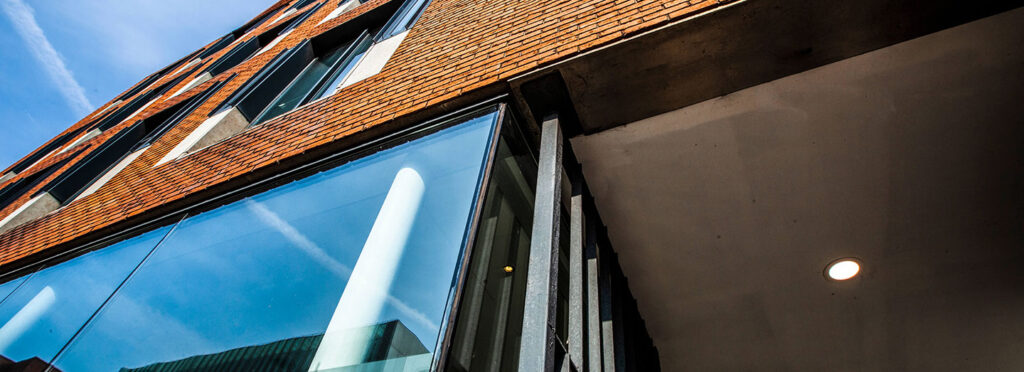Why Choose Our Legal Services?
Expertise in Hair Transplant Negligence Claims
We specialise in navigating the complexities of medical negligence cases related to hair transplants. Our team understands both the medical and legal nuances involved, ensuring you receive expert guidance.
Empathy and Professionalism
Our approach combines professionalism with empathy. We know that dealing with the aftermath of a negligent procedure can be overwhelming, and we’re committed to supporting you every step of the way.
Proven Track Record
We’ve successfully helped numerous clients secure compensation for their injuries and suffering by holding responsible parties accountable.
How It Works
1. Schedule a Consultation
Reach out to us to discuss your case. We’ll evaluate your situation and provide initial advice without any obligation.
2. Evidence Collection
We’ll guide you on gathering essential documents, such as medical records and photographs, to build a strong case.
3. Legal Representation
If negligence is determined, we’ll represent you in pursuing a claim against the responsible party, striving for the best possible outcome.
Frequently Asked Questions
What Should I Do If I Suspect Negligence?
If you believe your hair transplant was performed negligently, seek immediate medical attention to address any complications. Document your symptoms and gather all relevant medical records before consulting with a legal expert.
Can I Claim for Psychological Distress?
Yes, if a negligent hair transplant has caused you psychological or emotional distress, this can be factored into your claim for compensation.
How Long Do I Have to Make a Claim?
In the Ireland, you typically have two years from the date of the procedure or the moment you became aware of the negligence to file a claim. It’s crucial to seek legal advice as soon as possible.
What If I Signed a Consent Form?
Signing a consent form does not waive your right to claim if the procedure was performed negligently. A legal expert can assess if the risks were adequately explained to you and whether the standard of care was breached.
Are All Complications Considered Negligence?
Not all complications imply negligence. It’s essential to consult with a legal expert who can help differentiate between typical post-surgical issues and those stemming from substandard care. Hair transplant surgeries employ two primary methods: Follicular Unit Extraction (FUE) and Follicular Unit Transplantation (FUT). The former involves removing hair grafts from the donor area one by one with a punch tool, while the latter entails removing a thin strip of hair from the donor region. It is vital for the practitioner or surgeon to thoroughly inform the patient of all associated risks and potential side effects before proceeding with the surgery. Negligent hair transplant procedures can cause numerous complications, such as swelling, scarring, rashes, hair loss, nerve damage, and numbness, among others.
Start Your Path to Justice
Don’t suffer in silence. If you suspect that your hair transplant surgery fell below the accepted standard of care, connect with us today. Our compassionate legal team is ready to support you in seeking justice and rightful compensation.



